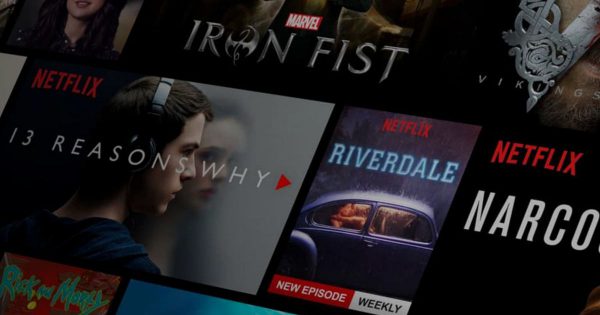
It’s been a year full of milestones for leading worldwide streaming company Netflix, now one of the world’s biggest content producers.
After hitting 100 million subscribers during the second quarter of 2017, of which more than 50 million are in the US, the streaming service also outmatched the USA’s leading cable TV networks by more than 2 million subscribers for the first time in history.
Last month, Netflix took over the Emmy Awards ceremony with a staggering 20 wins out of 91 nominations, second only to Time Warner owned TV giant, HBO (29 wins/110 nominations).
The results for Q3, released on 16th October, exceeded even the most optimistic predictions, with the company earning close to $3 billion dollars, and adding 5.3 millions subscribers, most of whom are outside the US.
Some bad news has sparked worries among subscribers and investors though, as Walt Disney announced in August that they would cease licensing their content to Netflix, eventually launching their own streaming service by 2019. Disney’s strategic move deprives Netflix of blockbuster franchises such as the Marvel Cinematic Universe, the Star Wars saga and plenty of kids’ shows and films.
One more worrying announcement was the subscription price rise (+$1 for standard and +$2 for premium), the first since 2015, with the additional revenue reportedly helping the company finance new original content. It’s no surprise, indeed, that the announcement came just a few days ahead of the release of highly anticipated second season of Stranger Things.
Netflix’s need to increase their profit margin is a result of their massive investment, particularly in original content ($6 billion this year, $7 billion in 2018). This strategy has proved successful, as proven at The Emmys, and also reduces the risks from moves such as Disney’s, which threaten to massively shrink the companies content catalogue.
At the same time, the streaming services market is getting more and more crowded, with new competitors launching every other month and tech companies such as Apple, Amazon and Google investing billions in content for their own streaming platform.
Bids for external content licensing are rising as the market grows, and the competition is fiercer than ever, resulting in increasing fragmentation in terms of the content on offer from each streaming service. Disney owned service Hulu, which also sparked enthusiasm at the Emmys by winning the Best Series award for critically acclaimed The Handmaid’s Tale, strategically launched a discounted subscription offer right after Netflix announced their price rise, implicitly encouraging users to switch.
That said, when considering Netflix’s future financial performance, two main questions arise:
- How many streaming services are viewers willing to subscribe to in order to access their favourite content?
- If forced to make a choice, would they choose Netflix over competitors?
Certainly, as the combined price of complementary services offering a high variety of content approaches the cost of a cable TV subscription, many viewers will be discouraged to even prefer online streaming to traditional TV.
One thing we can be sure of is that, in order to keep their profit margins as high as possible, streaming companies will have to invest in new productions in order to deliver high quality, entertaining and meaningful original content, which is definitely something to cheer about!